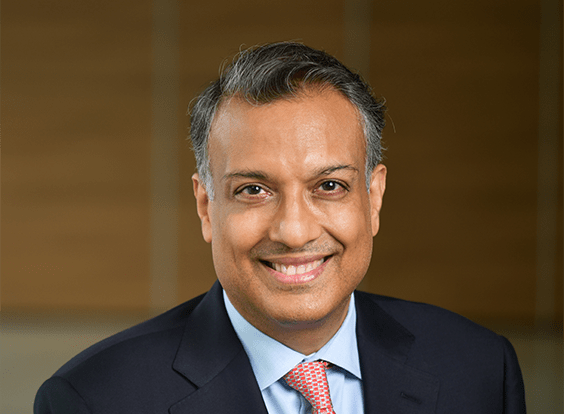We need stronger corporates that have the resources and execution capabilities to deliver at scale and pace
After moving beyond policy paralysis and economic management in the first two terms, the next five years of the Modi regime are crucial for India's growth journey
After the largest electoral exercise in the world, congratulations are in order for the Bharatiya Janata Party, led by Prime Minister Narendra Modi, for emerging as the party with the largest number of seats bya significant margin. Globally, this achievement is noteworthy as very few incumbent governments have managed to secure victories in elections held so far in 2024.
The first term of the Modi government was necessary to move beyond the policy paralysis of the previous 10 years. It was visionary, spurred by initiatives such as Make in India, which among other things resulted in establishing a $ 100-billion electronics manufacturing industry in less than a decade. Digital India was another important step. We are a digital payments superpower now. The Jan Dhan scheme, which catalysed financial inclusion, crossed 5 0 crore bank accounts in August 2023; 56°/oofthemareofwomen. As part of its climate pledge, India’s target was revamped to 175 gigawatts (Gw) by 2022 from a mix of clean energy sources; in 2021, the PM raised the target to 500 Gwby2030.
The second term of the Modi government was about efficient economic management. Its handling of an exceptionally challenging period characterised by the pandemic, along with that of soaring inflation and inflation rates at multi-decadal highs, was praiseworthy. The term was focused on the ambitious goal of becoming a $5-trillion economy by 2025 on the foundation of unprecedented infrastructure development and a vision of Atmanirbhar Bharat. India’s pace of infrastructure development was terrific, with the construction of 28 km of national highways every day, the doubling of port capacity and the number of operational airports, and a tripling of solar power capacity. This growth has been fiscally prudent too, unlike emerging and developed economies now grappling with huge public debt. India is set to retain its tag of the fastest-growing economy among the G20 nations, with estimates pushing FY24 growth to 8.2%.
We are now entering the third term of the PM Modi-led National Democratic Alliance. The next five years are crucial for India’s journey towards becoming a developed nation by 2047. India would benefit from unlocking the potential of six cross-cut-ting drivers of growth, having already fared well in addressing sectoral challenges.
Focus on green infrastructure development
While we are rapidly heading in this direction, we must have a very strong alignment between the Centre and states on policy reforms and associated enablers in the future. We must tap the potential of clean energy as much of a geopolitical tool as a strategic, economic, and environmental one. This will need stepping up efforts domestically, while calibrating our trade partnerships and diplomatic relationships.
Manufacturing as a bigger economic contributor
This is critical to create the jobs we want and the internal capability needed to leverage the opportunities arising from the current geopolitical environment. The production-linked incentive scheme has been a vital enabler. We need simpler regulatory processes, investment in targeted infrastructure to meet the requirements of manufacturing hubs, and investment in research and development.
A stronger thrust towards $1 trillion exports by 2030
We have done well to shift our exports away from traditional commodities to higher-value products like IT services, chemicals, electronics, and refined oil. In addition to improved manufacturing capabilities, we will need regulatory reforms around the recalibration of input tariffs; improving efficiency and accountability of trade promotion agencies; financing support to exporters that can match those provided by other countries; and new trade agreements with geographies like the European Union, Middle East, Latin America, and the US.
Deepening capital markets to finance growth
This will need norms/mandates to channel the funds of large institutional investors towards sectors of importance like clean energy; a stronger investor protection regime; and focused initiatives towards improving India’s rating to attract more foreign investments.
Tax reforms for efficient corporate capital structures
We need stronger corporates that have the resources and execution capabilities to deliver at scale and pace in India and globally. Tax reforms are a priority area to enable that, especially through measures like group taxation and a regime that incentivises companies to locate their holding firms in India while still enjoying the benefits derived from locating them in countries like Singapore, the US, the UK, etc.
Boosting human capital for long-term growth
According to the International Monetary Fund, like several other economies, India will need to reverse the declining total factor productivity to achieve high economic growth over a sustained period. To this end, we must continue to invest in health, education, and skills. Implementing the National Education Policy with greater urgency will be a good step.
The new government will have the full support of industry in our growth story. We are ready to assist with our entrepreneurial drive, financial resources, and robust execution capabilities to drive forward the ambitious goals needed to make India fully viksit (developed) by 2047.



